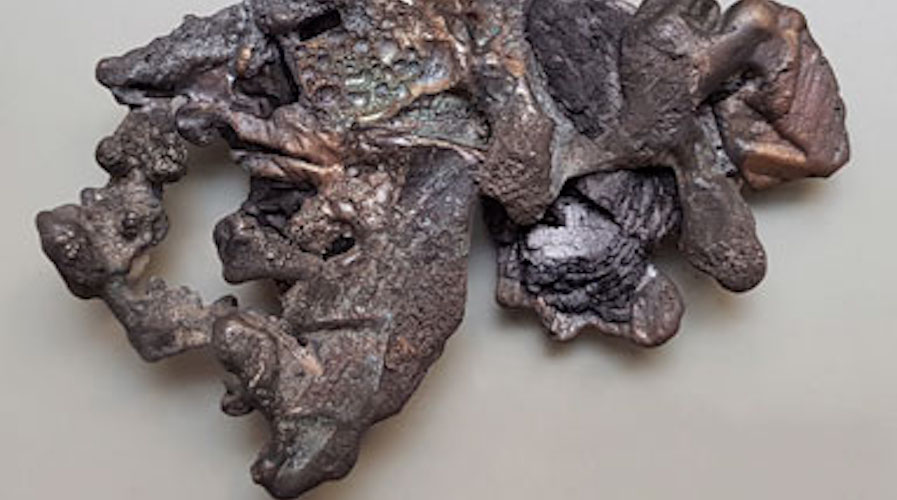Tajikistan or Britain? Origin of famous Bronze Age tin ingots sparks controversy

The tin ingots found on a merchant ship that sank around 1320 BCE off what is now the west coast of Turkey near Uluburun may have originated in Cornwall, Britain, the Saxon-Bohemian Erzgebirge or the Iberian Peninsula.
Tin was used in the Bronze Age for 150 years. Bronze is an alloy of copper and tin, and in the Bronze Age, it was used to make a range of goods including swords, helmets, bracelets, plates and pitchers.
A recent study by a team of archaeometallurgists refutes previous findings published in 2022, which state that most of the tin came from the Mushiston tin deposit in northwestern Tajikistan, as well as from two mines in the Taurus Mountains near the present-day Turkish-Syrian border.
For this previous analysis, researchers took samples of 105 tin ingots from the wreck, determining chemical and isotopic signatures of 90% of the tin cargo. In particular, they measured the isotope ratios of tin and lead, which, like the chemical composition, provide clues to the origin of the tin.
Also, the proportion of the trace element tellurium points to tin deposits in Central Asia. The group claims to be able to infer a clear attribution based on the matching signatures between the ingots from Uluburun and tin ore samples from the above mentioned mines.
But according to the new paper, the data doesn’t support this interpretation or a clear conclusion.
For the current study, Daniel Berger from the Curt Engelhorn Center for Archaeometry (CEZA), extensively checked chemical and isotopic analyses from previous studies and cross-checked them with the 2022 data set.
“Due to the isotopic ratios and chemical characteristics, it would be even more likely that at least part of the cargo of tin ingots from the Uluburun shipwreck originated from Cornwall in Britain,” Berger said. “In particular, the comparison with Bronze Age tin ingots from Britain and Israel which we have considered in the past on a similar question of origin suggests this conclusion.”
He added that more samples and analyses of ores from European and Asian tin deposits were needed.
Overall, the Bronze Age lasted from the late fourth millennium to the early first millennium BCE—but with different beginnings and ends depending on the region of the world. Bronze, an alloy of copper and tin in a ratio of nine to one, is significantly harder than copper alone.
Copper ores are found in many regions of Eurasia and Africa. However, tin ores that were accessible in the Bronze Age can only be found in a few places in Central Asia, Iran and Europe.
It is all the more astonishing that some of the earliest bronze artifacts have been found in the Mesopotamian city-states of the Tigris–Euphrates river system. But there are no tin deposits there; the metal had to be obtained via long-distance trade.
“Numerous archaeological finds show that the British Isles and Central Europe formed an economic sphere with the Mediterranean region in the Bronze Age and was connected via the transport routes of the Danube, Rhine and Rhône rivers, or via the ocean,” Ernst Pernicka, co-author of the new paper, said. “For instance, amber beads likely traded from the Baltic were found in the Uluburun wreck, indicating the existence of north-south trade routes.”
The use of standardized weights had already spread in the course of the second millennium BCE, coming from Egypt and Mesopotamia, via Syria, Anatolia and the Aegean, and across the Alps to Central Europe. These standard weights were used to weigh merchandise, including tin ingots.
For the time of the Uluburun ship, neither weight systems nor established trade connections to Europe and the Eastern Mediterranean can be documented for Central Asia, which underscores the likelihood that the tin originated from the West.
{{ commodity.name }}
{{ post.title }}
{{ post.date }}

Comments